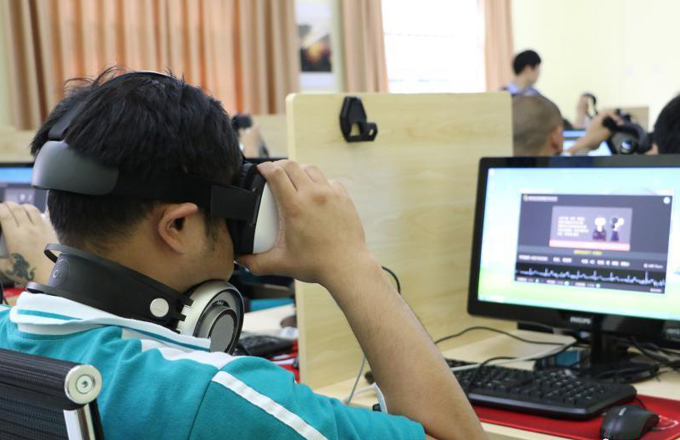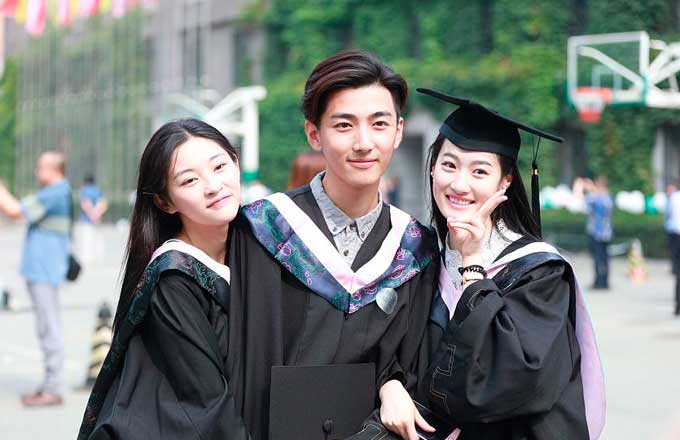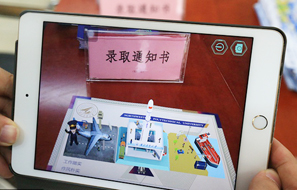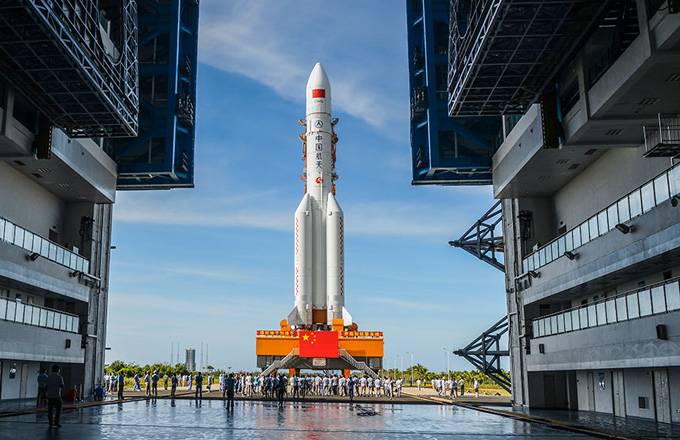More people visit World War II allied forces headquarters in China
CHONGQING -- The former headquarters of the Allied Forces in China during World War II has received more visitors as China marks the 80th anniversary of the beginning of the war against Japanese aggression.
The number of visitors has risen from 290,000 in 2015 to 320,000 in 2016, said Liu Wanhong, curator of the Chongqing Anti-Japanese War Heritage Museum. The first five months of this year has seen 140,000 visitors.
After the Pearl Harbor event in December 1941, U.S. President Franklin D. Roosevelt decided to establish the China Theater Command of Allied Forces and named Chinese leader Chiang Kai-shek supreme commander and general Joseph Stilwell chief of staff.
Japan started a full-scale invasion into China on July 7, 1937. The ruling Kuomintang government led by Chiang evacuated to the southwest city of Chongqing at the end of 1937 after its capital Nanjing was seized by the Japanese. Chongqing then became China's temporary capital in wartime.
Chiang set up the headquarters of the Allied Forces on Huangshan mountain in the suburbs of Chongqing, where he and generals and consultants from the United States and the United Kingdom held hundreds of meetings to direct the war before it ended in 1945.
"China is a major battle field of World War II," said 84-year-old visitor Xie Yingwei. "We sacrificed a lot of people and will forever remember the war and the dead, to achieve a lasting peace."
According to curator Liu, visitors to Huangshan include delegations from U.S. Congress and former Flying Tiger pilots -- voluntary soldiers to aid China led by general Claire Lee Chennault, as well as Kuomintang officials from Taiwan.
The Chinese government has poured millions of yuan over the past years to preserve and renovate the 190,000-square-meter historical site, which is comprised of dozens of buildings and shelters on the forest-covered mountain.
The site was named a base for cross-strait exchanges between the Chinese mainland and Taiwan.
Its main building is a three-storey brick villa where Chiang met special envoys from the United States and United Kingdom. A meeting hall was kept in its original status, where Far East military meetings were convened and where Chiang and Allied Forces generals made important decisions, such as establishing the Flying Tigers, sending joint troops to Myanmar, and creating the famous "hump" air route across the Himalaya mountains to send supplies to China.
Between 1938 and 1944, over 9,000 Japanese planes bombed Chongqing, killing and wounding more than 20,000 people. Chiang narrowly escaped a 1941 attack targeting his Huangshan office, while his two bodyguards were killed.
A building named "Green Lotus" which accommodated a U.S. military delegation is also well preserved. Words written on a board read that China and the United States formed allied relations and launched full military, political, diplomatic and economic cooperation in the war against Japan, before finally achieving victory.
Americans living in the Green Lotus included Joseph Stilwell, David G. Barr and John Leighton Stuart.
Photos of communist leaders such as Mao Zedong meeting with American visitors in Yan'an were on exhibition.
In the museum, visitors can watch a movie documentary about Song May-ling, Chiang's wife and a graduate of Wellesley College, who spoke at the U.S. Congress in 1943, calling for joint efforts to defeat the Japanese. She was the first Chinese speaker on Capitol Hill.
Chiang and Song's dinning table and bed are preserved, as well as rare photos showing their family life.
More than 35 million Chinese soldiers and civilians were killed and wounded during the war. President Roosevelt's words were inscribed on an exhibition board and describe the significance of Chinese efforts during the war: "If there were no Chinese, if China had been destroyed, you think about it, how many divisions of Japanese soldiers for combat could have been thus been redeployed?"




















